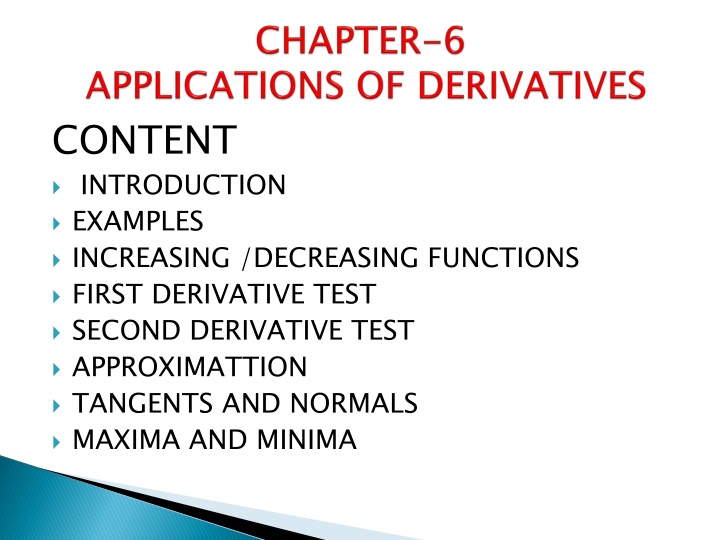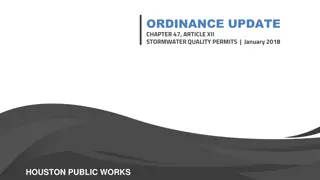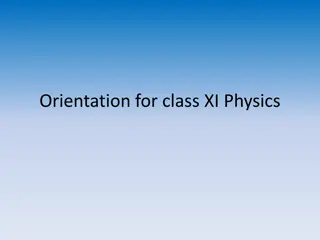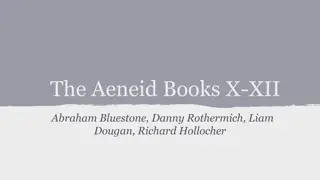
Maximum and Minimum Values in Functions
Explore the concepts of absolute maximum and minimum values in functions, including how to determine them using first and second derivative tests, approximation, tangents, and normals. Learn how continuous functions on closed intervals have maximum and minimum values, and where they occur in the domain.
Download Presentation

Please find below an Image/Link to download the presentation.
The content on the website is provided AS IS for your information and personal use only. It may not be sold, licensed, or shared on other websites without obtaining consent from the author. If you encounter any issues during the download, it is possible that the publisher has removed the file from their server.
You are allowed to download the files provided on this website for personal or commercial use, subject to the condition that they are used lawfully. All files are the property of their respective owners.
The content on the website is provided AS IS for your information and personal use only. It may not be sold, licensed, or shared on other websites without obtaining consent from the author.
E N D
Presentation Transcript
CONTENT INTRODUCTION EXAMPLES INCREASING /DECREASING FUNCTIONS FIRST DERIVATIVE TEST SECOND DERIVATIVE TEST APPROXIMATTION TANGENTS AND NORMALS MAXIMA AND MINIMA
Absolute Minimum Value: Let f(x) be a function defined in its domain say Z R. Then, f(x) is said to have the minimum value at a point a Z, if f(x) f(a), x Z. Absolute Maximum Value: Let f(x) be a function defined in its domain say Z R. Then, f(x) is said to have the maximum value at a point a Z, if f(x) f(a), x Z. Every continuous function on a closed interval has a maximum and a minimum value. Every continuous function defined in a closed interval has a maximum or a minimum value which lies either at the end points or at the solution of f'(x) = 0 or at the point, where the function is not differentiable. Let f be a continuous function on an interval I = [a, b]. Then, f has the absolute maximum value and/attains it at least once in I. Also, f has the absolute minimum value and attains it at least once in I.





















